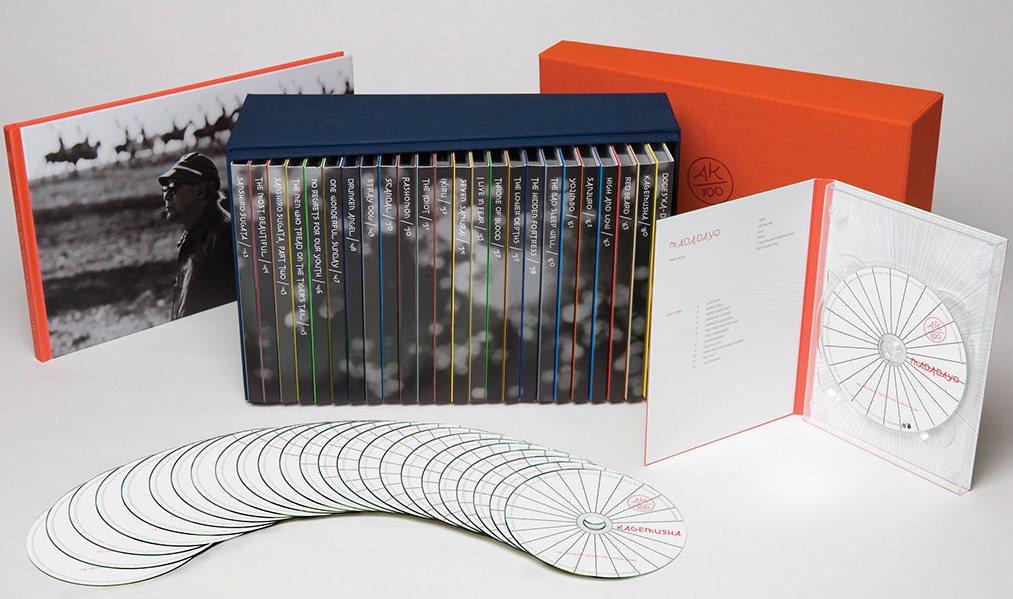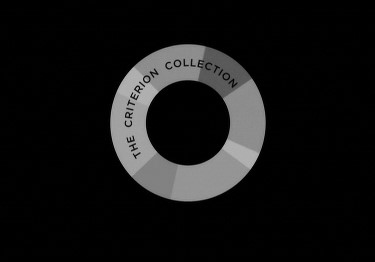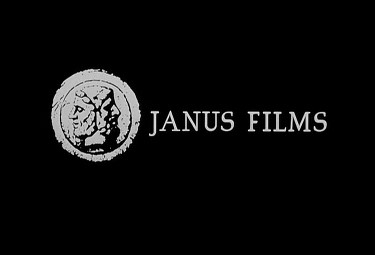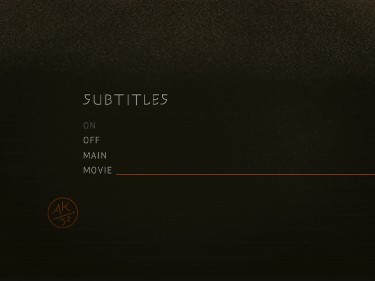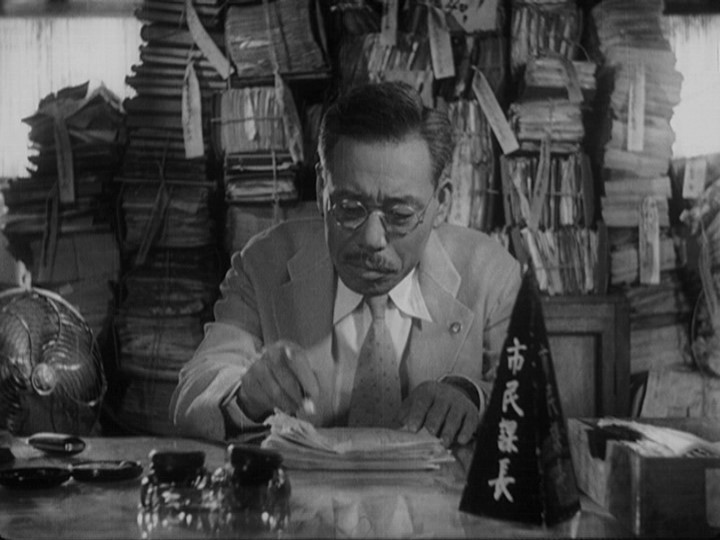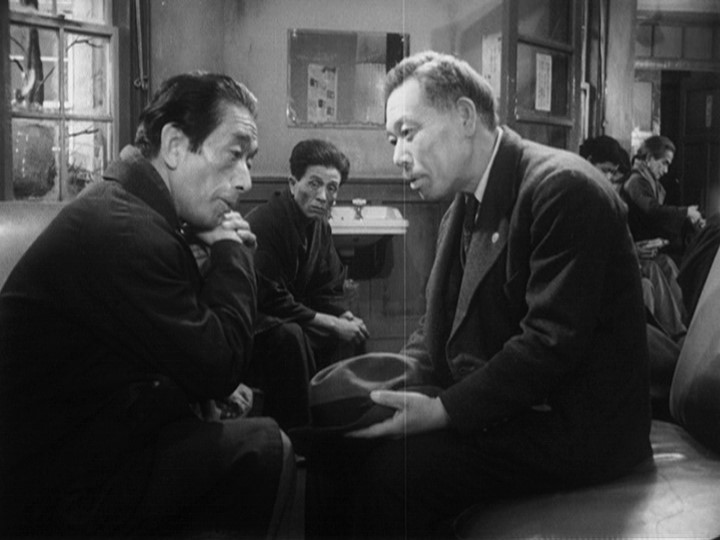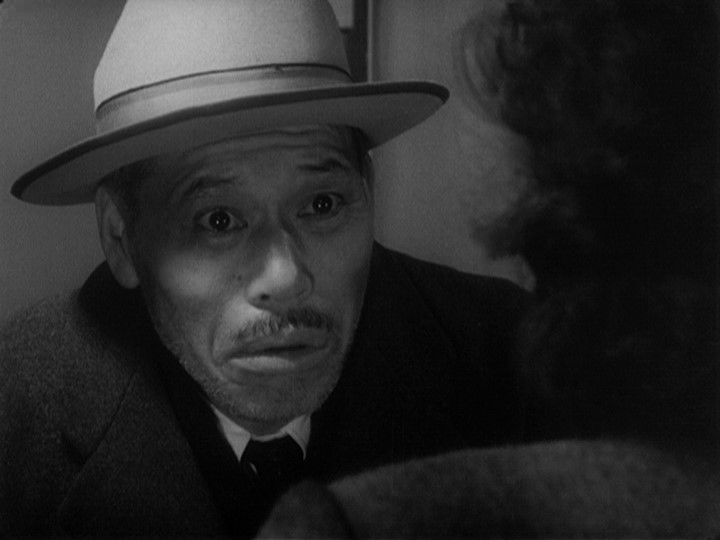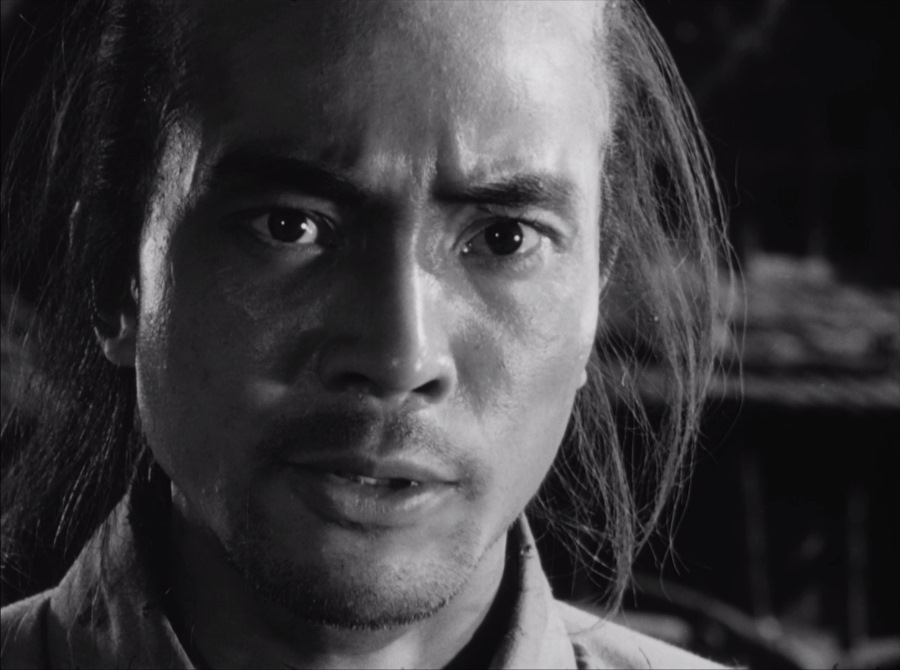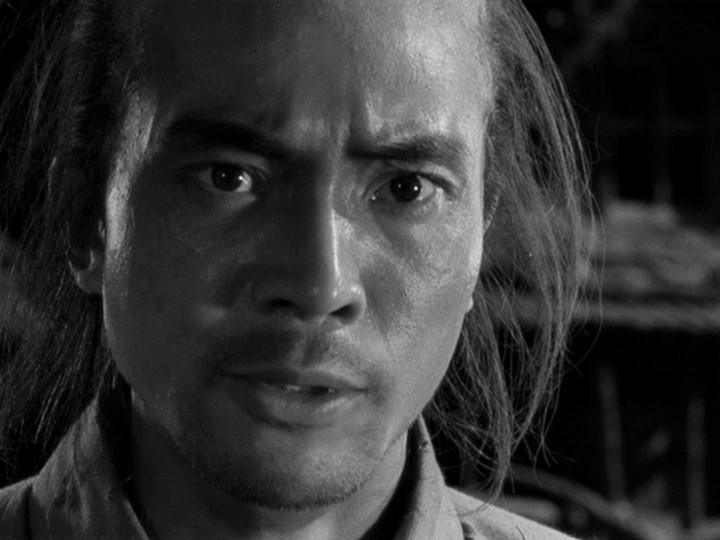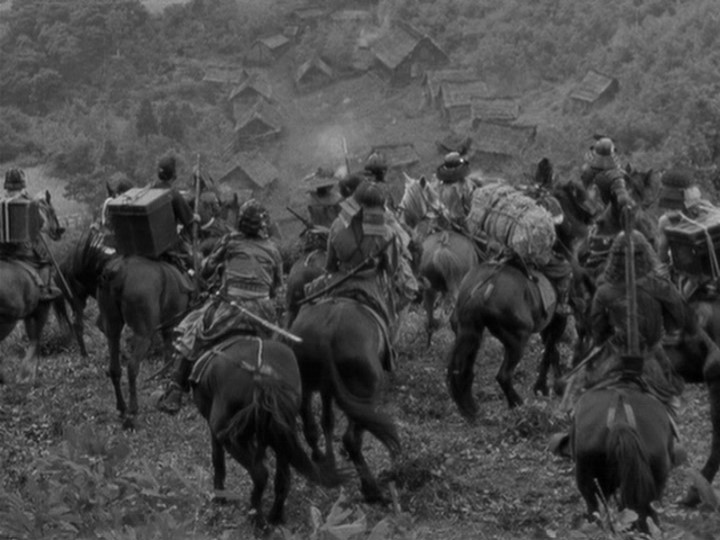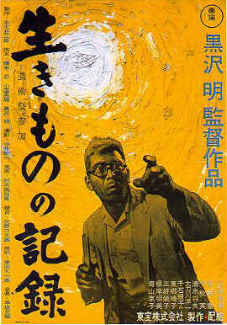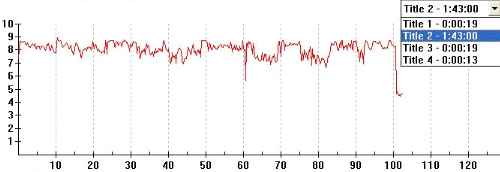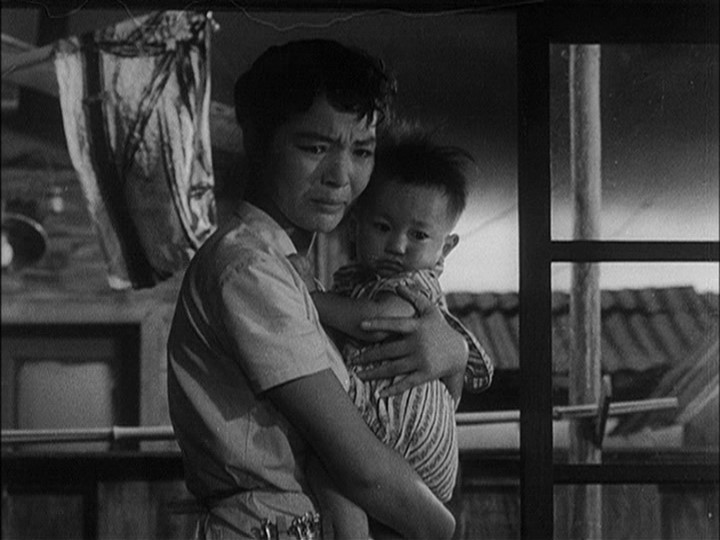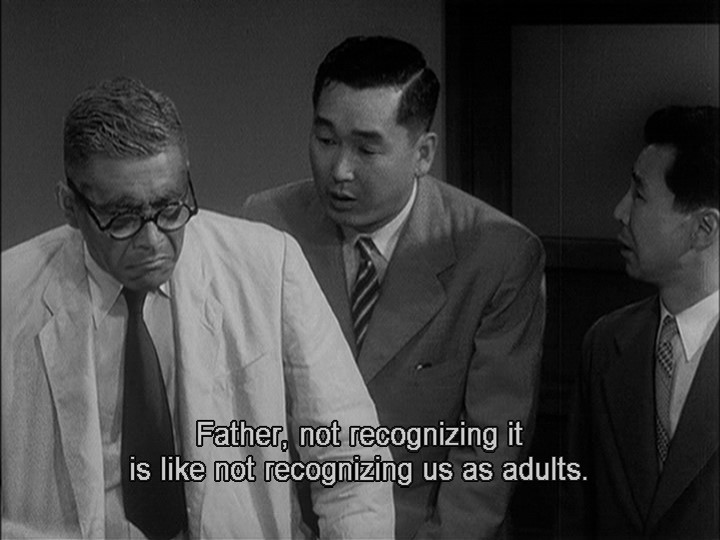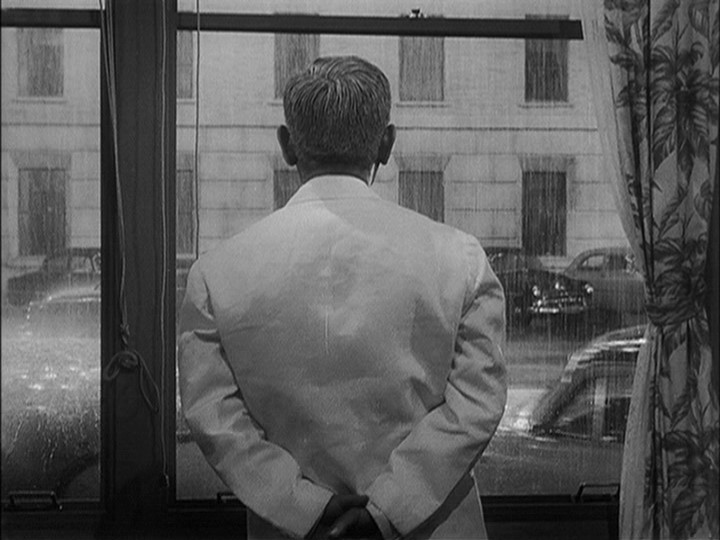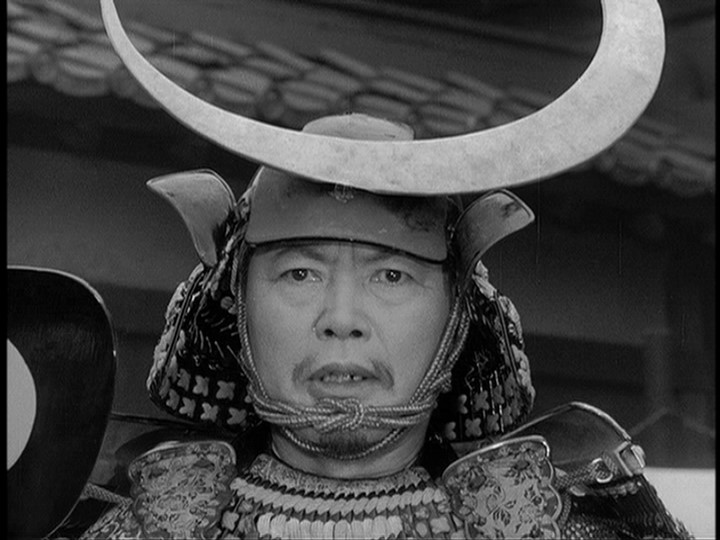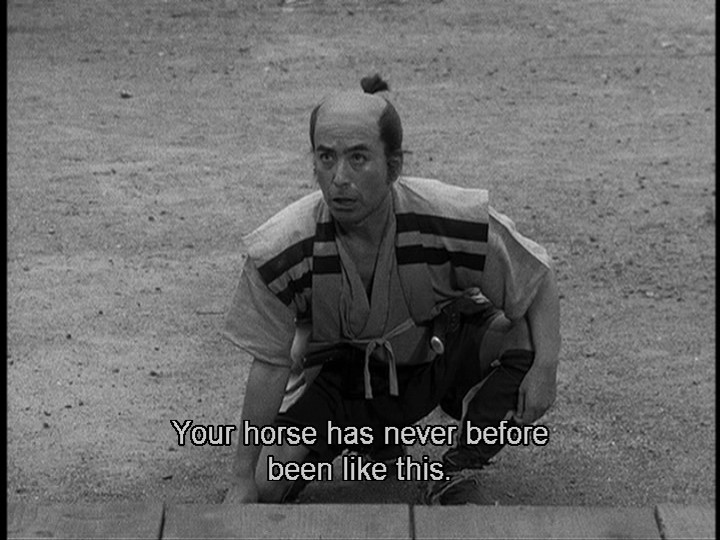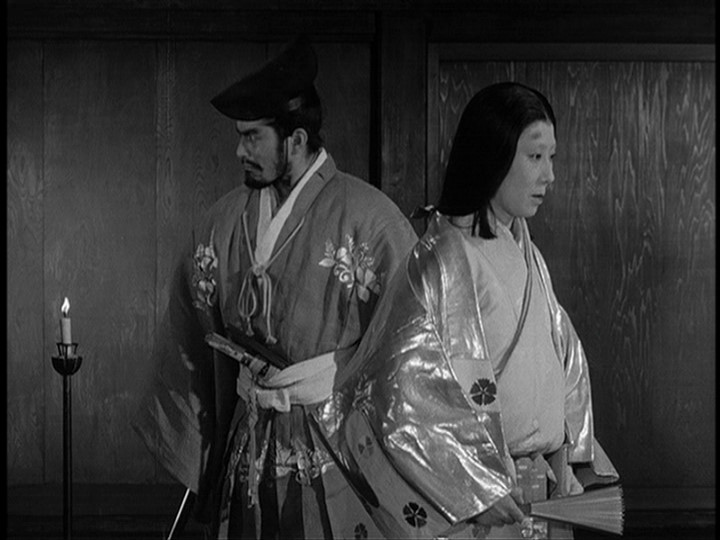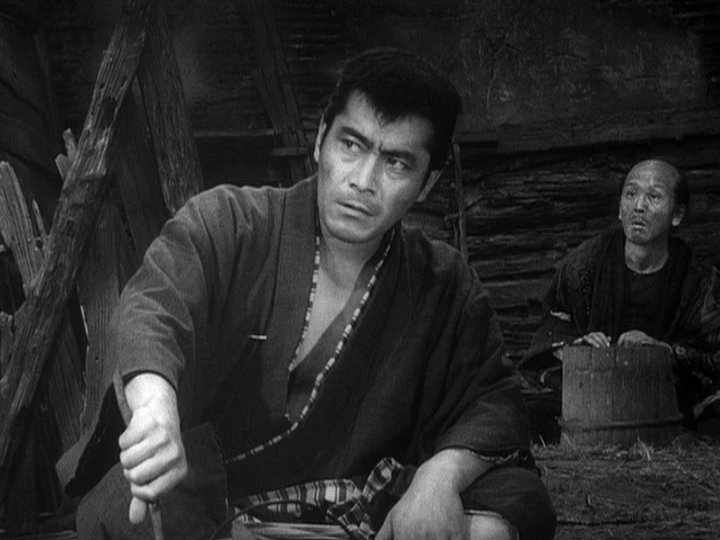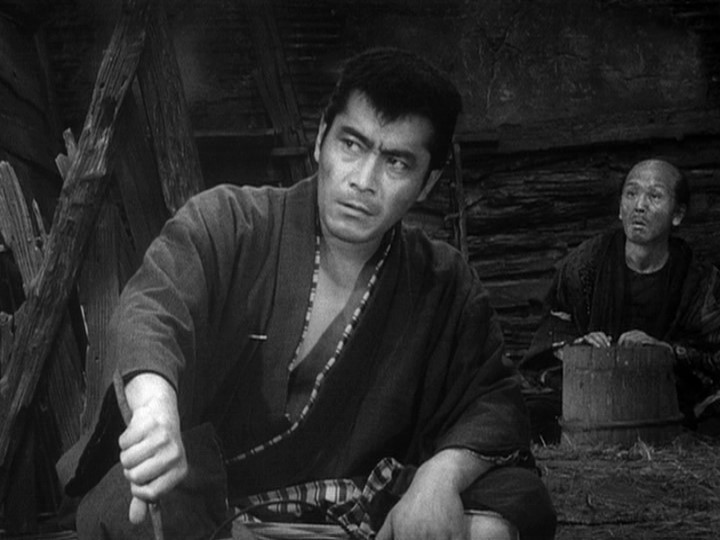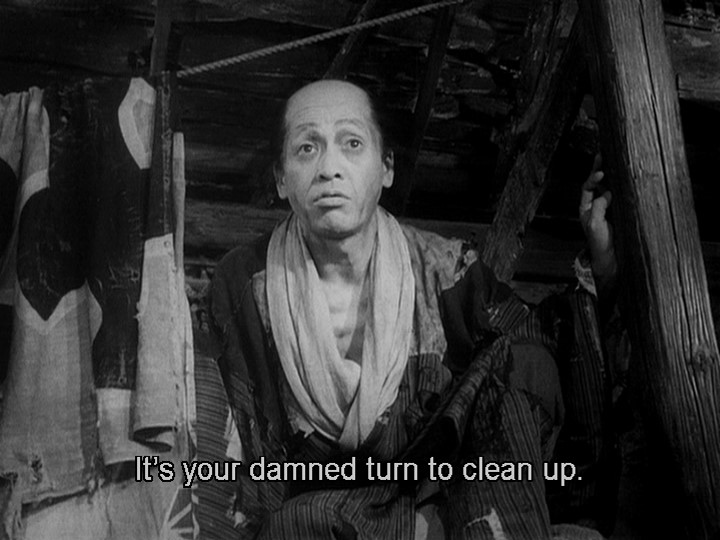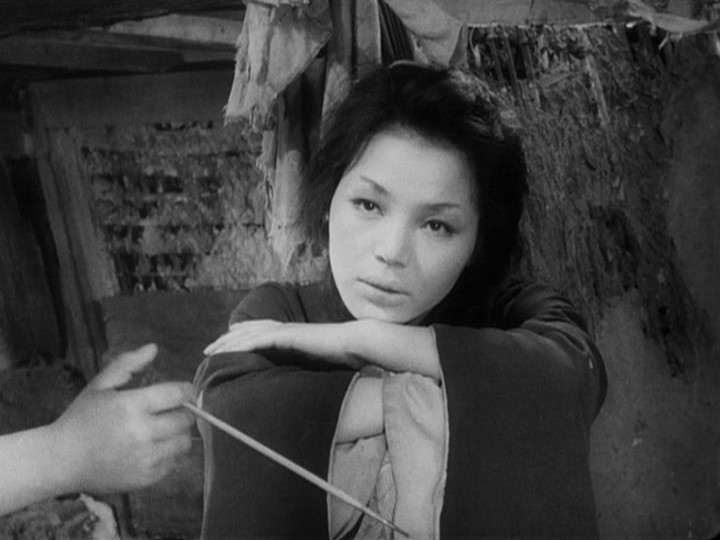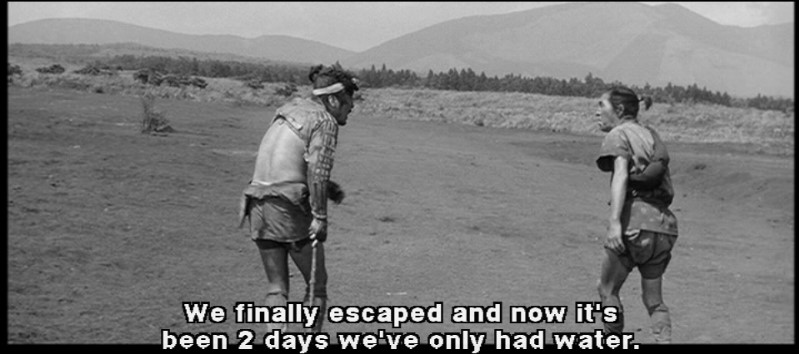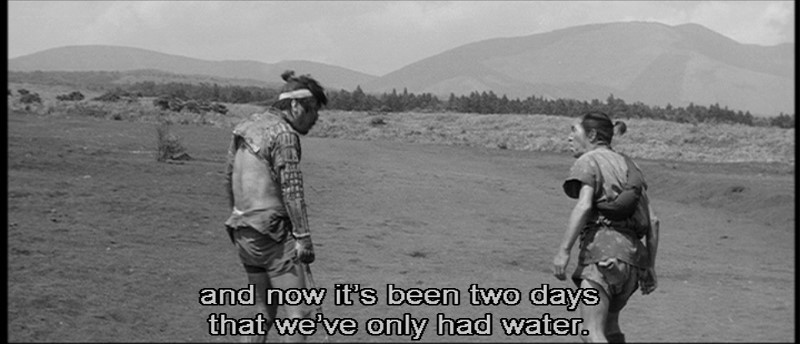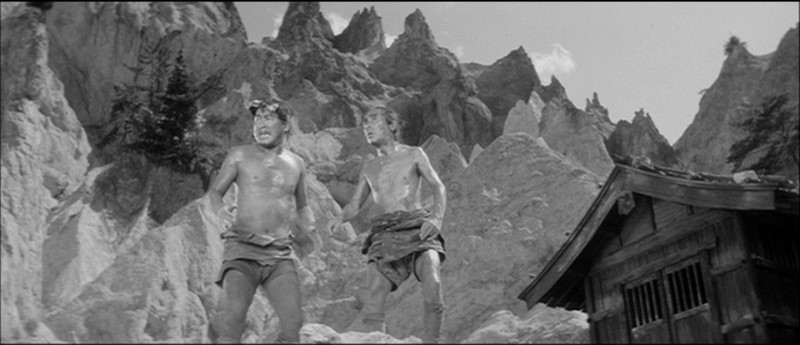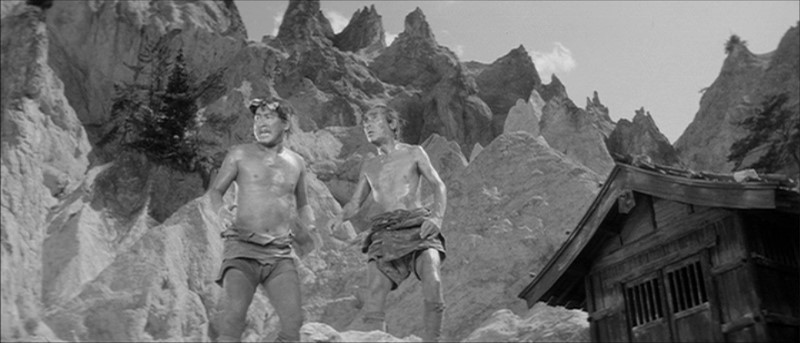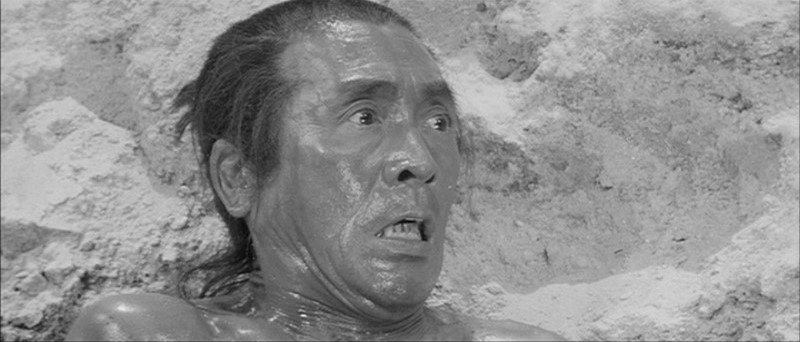![]()
![]()

![]()
![]()
|
Search DVDBeaver |
S E A R C H D V D B e a v e r |
PAGE 2
<------RETURN
TO PAGE 1
ADVANCE TO PAGE 3 --------->
|
|
AK 100: 25 Films of Akira Kurosawa
Sanshiro Sugata (1943)
The Most Beautiful (1944) Sanshiro
Sugata Part Two (1945)
The Men Who Tread on the Tiger's Tail (1945)
No Regrets for Our Youth (1946)
One Wonderful Sunday (1947)
Drunken Angel (1948) Stray Dog
(1949) Scandal (1950)
Rashomon (1950) The Idiot
(1951)
Ikiru (1952) Seven Samurai
(1954) I Live in Fear (1955)
Throne of Blood (1957)
The Lower Depths (1957) The Hidden
Fortress (1958) The Bad Sleep Well
(1960)
Yojimbo (1961) Sanjuro (1962)
High and Low (1963) Red Beard
(1965)
Dodes’ka-den (1970) Kagemusha
(1980) Madadayo (1993)
| The creator of such timeless masterpieces as Rashomon, Ikiru, Seven Samurai, Yojimbo, and High and Low, Akira Kurosawa is one of the most influential and beloved filmmakers who ever lived—and for many the greatest artist the medium has known. Now, on the occasion of the centenary of his birth, the Criterion Collection is proud to present this deluxe box set celebrating his astonishing career. Featuring twenty-five of the films he made over the course of his fifty years in movies—from samurai epics to postwar noirs to Shakespeare adaptations—AK 100 is the most complete set of his works ever released in this country, and includes four rare films that have never been available on DVD. |
Individual DVD package covers (in order)
CLICK to ACCESS Brief Film/DVD REVIEW OF EACH TITLE
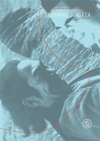 |
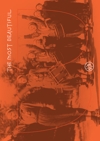 |
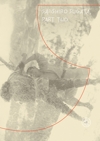 |
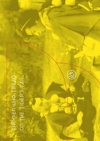 |
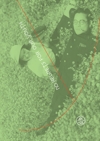 |
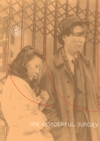 |
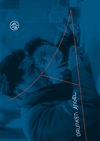 |
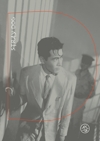 |
 |
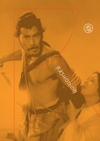 |
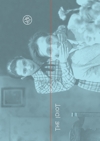 |
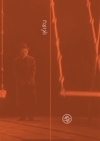 |
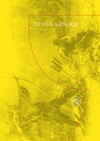 |
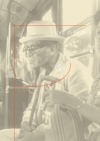 |
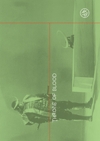 |
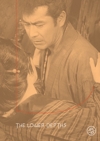 |
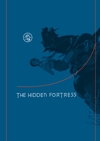 |
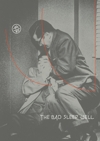 |
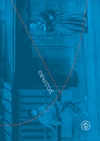 |
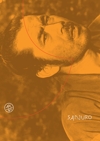 |
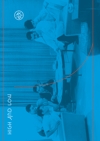 |
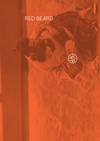 |
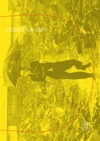 |
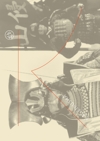 |
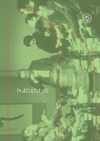 |
| ABOUT THIS REVIEW: As the AK 100 set is so large we will spread the review over 3 webpages. We will still use some of our standard comparison captures but in a limited way. As opposed to comparing 8 or 9 captures of each film of this 25-disc set - we will only utilize 2 or 3 - when necessary. Many of the earliest films - Sanshiro Sugata Parts one and two, The Most Beautiful (1944), The Men Who Tread on the Tiger's Tail (1945) - have only seen the digital light on very inferior transfers via Hong Kong DVDs from Mei-Ah with ridiculously poor subtitle translations or analog transfers (or interlaced ones from PAL distributors in Australia etc.). An English-friendly edition of Madadayo has also not be given justice on digital to date. As the DVDs in AK 100 are devoid of digital supplements - we will simply make a brief comment about the technical transfer. I've watched many from start to finish but, do to time constraints, haven't gone through them as thoroughly as we usually do for a single review or comparison. We feel it is more important to get this information out prior to the release date - so interested parties can take advantage of pre-order discounts or the extensive holiday sales. |
Theatrical Releases: 1943 - 1993
DVD Review: AK 100 - Criterion Collection (25-disc) - Region 1 - NTSC
|
DVD Box Cover |
|
CLICK to order from:
|
| Distribution | Criterion Collection - Region 1 - NTSC | |
| Audio | Japanese (original) | |
| Subtitles | English, None | |
| Features |
Release Information: Edition Details:
• Illustrated book featuring
an introduction and notes on each of the films by Stephen Prince
(The Warrior’s Camera: The Cinema of Akira Kurosawa) and a
remembrance by Donald Richie (The Films of Akira Kurosawa).
|
|
Starting logos
|
|
|
|
|
| Comments: |
ACCESS REVIEW PAGE ONE or PAGE THREE. Two years ago we had Ford at Fox - the gargantuan for 2007 and winner of DVD of the Year - then last year we were given the 2008 DVD of the Year - Murnau, Borazge & Fox. 2009 sees the reigns pass to Criterion for an end-of-year digital behemoth. The most remarkable distributor have their favorite - Akira Kurosawa with whom they have covered by far the most releases of any director in their impressive collection. His work is now honored with a magnificent 25 film boxset. 'Wow' is right. The 25 main features of this boxset are housed in individual unfastened flap book-style cardboard cases inside a beautiful linen-bound box with an Illustrated hard cover book (see images below). These are advertised as 'all new transfers'. Very encouragingly, NONE of the transfers are pictureboxed (see our full description of 'pictureboxing' in our Kind Hearts and Coronets review). Each are coded for Region 1 in the NTSC standard. The transfers are all progressive and in the original aspect ratios. There are no digital supplements and each finish the last chapter with color bars. Audio is monaural, 2.0 channel stereo or in the case of High and Low 4.0 channel Perspecta Surround. Unless otherwise noted (ex. Kagemusha) each disc starts with a wonderful animated 'AK 100' logo followed by the animated Criterion and static Janus logos. NOTE: In comparing running times - most from this boxset seem about 20 seconds shy of the original release times. While all use the NTSC standard, the logos are running in their own separate file outside the 'clock' of the film time - where as on the original DVD they may include the logos. This is noted in the bitrate graph drop down window where we can see a separate 19 or 20 second time period - these represent the AK 100, Criterion and Janus logos which run prior, and separately authored, to the feature film. So, while new transfers - some look very similar to previous Criterion or Eclipse boxset releases - however, quite a few are different and may also be from alternate sources. We aren't privy to the details of the availability of prints used by Criterion as sources but can make good guesses if it was the same as the original releases by comparing captures and noting damage marks, framing and other details. To get exact screen capture matches - we move ahead one frame at a time looking for the same position of people, hands or other things that move OR we can also look for the same speckles and/or scratches. This will show if possibly the same source was used and more closely identify if it is a similar, or how similar the appearance is. Public perception has altered quite a bit in the past few years and I believe this is a real positive. This is true for a few companies, like Criterion, who are aware of what their following are desirous of - and what they dislike in terms of transfers. I am referring to digital manipulation (also called 'restoration') where selective contrast adjustment can help remove the prevalence of damage marks and hopefully bring the film closer to its theatrical intent. This is the same thing that occurs with black level or color boosting - trying to increase sharpness or vibrancy of an older, faded print. Consumers at this high-end of film appreciation have become more aware of these visible alternations that leave telltale deficiencies ex.; brightness that limits scratches and damage marks may also removes detail from parts of the frame, like edge-enhancement from black level boosting, moiring and other unsavory artifacts. Okay - so what I am suggesting is that most of these transfers seem devoid of digital tinkering to alter the perception toward the theatrical appearance. They seem very 'pure'. What that might mean is more grain, and more damage but a truer look and for those that inspect that closely a more film-like presentation on DVD or Blu-ray. As one example - this may be true for a title in this collection like Rashomon. While it may not be a different print - it may have had less in the way of digitally covering-up of damage BUT grain visibility improves and it tends to look more textured akin to real film. This may also be true because the discs do not share the feature transfer with supplements - this can increase the bitrate for the feature. This is what many fans desire in the current climate of home theater expansion. Personally, I am less concerned with light damage than I am with obvious manipulation. From my inspection so far - I'd say these are less manipulated than some of the original releases.
The important releases for many are the ones new to Criterion - Sanshiro Sugata (1943), The Most Beautiful (1944), Sanshiro Sugata Part Two (1945), The Men Who Tread on the Tiger's Tail (1945) and Madadayo (1993). I suspect they are all the best DVD transfers of each of these 5 films in the entire world. I was especially keen to see Madadayo as it is one of my favorite Kurosawa works. Also, Drunken Angel (1948), Seven Samurai (1954) and Dodes’ka-den (1970) are NOT pictureboxed as they were in their latest, or original Criterion release. This can be quite consequential for some individuals. NOTE: We have one important issue with our Kagemusha comparison. We occasionally accept screen captures from individuals who are trying to support us and lighten our workload. We try our best to ensure that these utilize the same method as we have obtained in the past, for consistency, - BUT occasionally things slip by. Jacek Macias screen grabs from 2005, look to me, now, to have been set at a boosted setting ('Vivid' as opposed to 'Original'). We are attempting to verify this but our conclusions regarding the comparison from the AK100 colors to the Blu-ray are still very valid. Kagemusha on DVD in this boxset looks great. The included book, 25 Films By Akira Kurosawa, is magnificent. Awkwardly long in size but fits appropriately in the linen-bound case - where, for me, it will continue to reside. It's about 90 pages with an 'intro' entitled Kurosawa at 100 - by Stephen Prince - then 2 pages with photos on each of the 25 films with notes again by Stephen Prince finishing with 4 pages by Donald Richie on 'Remembering Kurosawa'. It's a great keep sake and interesting reading. So - what do we have? 25 films by one of the most renowned directors of all time. Masterpiece after masterpiece - looking and sounding improved, as good as possible, or as existing previously competent on the SD-DVD format. FIVE NEW films transferred with Criterion's high standards - 3 more with pictureboxing removed and a handful looking a tad purer and more film-like. No commentaries or digital extras - no trinkets like replica Sanjuro sandals or a plastic Samurai sword included - so, it is bare-bones and reminiscent of the Eclipse sub-label. Will these all come out on Blu-ray next year? Highly unlikely - especially the five new titles. Will any of those five be released individually? Unknown - with nothing scheduled on the calendar at present.
Is it worth it? That is the big question. You tell me -
at the current price it amounts to about $11 a film. Titles like
Seven Samurai (NOT pictureboxed), Ikiru, High and
Low, Yojimbo, Red Beard, Kagemusha, Stray
Dog, The Hidden Fortress, The Bad Sleep Well,
Throne of Blood, I Live in Fear, Madadayo, etc. etc.
etc. Most individuals will look to see how many they already own and
'calculate' the value - which is fair enough. I'm extremely pleased with
the set - maybe more so than
Ford at Fox or
Murnau, Borazge & Fox, but the
decision essentially lies with your personal preference and film/DVD
diet. I'm just here to tell you that it maintains Criterion's high
standards with great transfers - so be fearless in your potential
purchases. Let's hope this is an end-of-year trend with a new director,
via Criterion, coming long next year. How about a
Blu-ray
set for Dec 2010 with the complete works of Antonioni, Bresson or
Tarkovsky? Huh? I suppose, one can dream....
ACCESS REVIEW
PAGE ONE or
PAGE THREE. |
Package
(CLICK to enlarge)
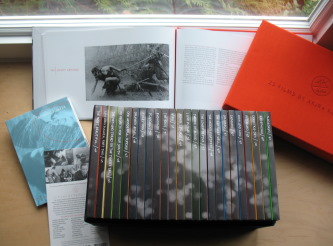 |
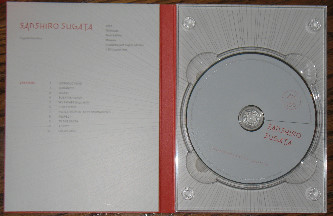 |
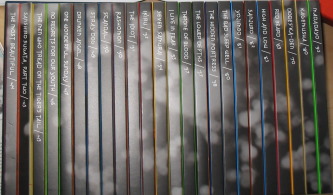 |
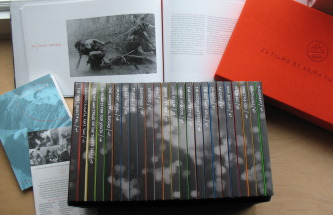 |
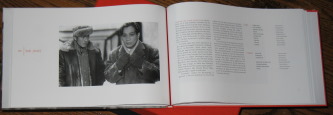 |
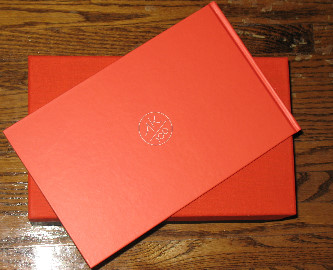 |
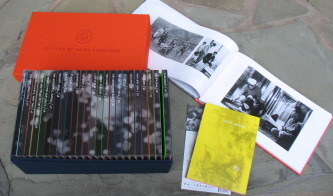 |
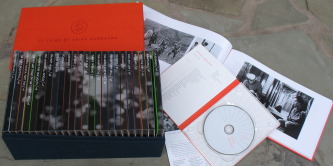 |
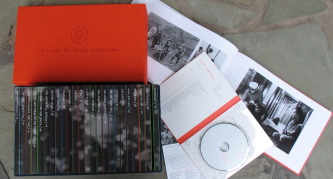 |
Sample DVD Menus
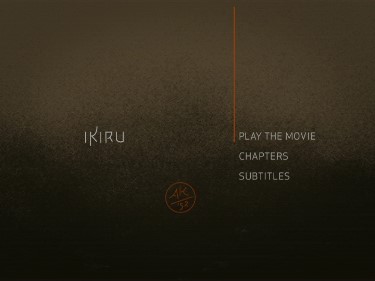 |
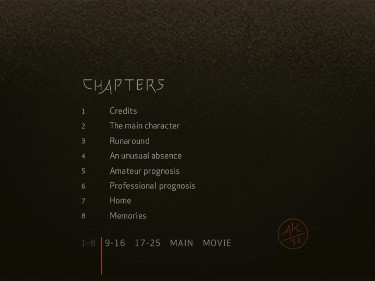 |
|
|
Ikiru (1952)
| Considered by some to be Akira Kurosawa’s greatest achievement, Ikiru presents the director at his most compassionate—affirming life through an exploration of a man’s death. Takashi Shimura portrays Kanji Watanabe, an aging bureaucrat with stomach cancer forced to strip the veneer off his existence and find meaning in his final days. Told in two parts, Ikiru offers Watanabe’s quest in the present, and then through a series of flashbacks. The result is a multifaceted look at a life through a prism of perspectives, resulting in a full portrait of a man who lacked understanding from others in life. |
Title and Poster
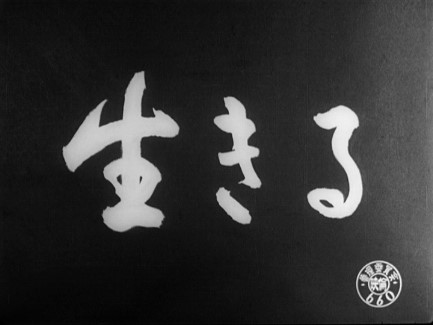 |
|
| Runtime | 2:22:35 |
| Video | 1.33:1
Aspect Ratio Average Bitrate: 6.75 mb/s NTSC 720x480 29.97 f/s |
|
NOTE: The Vertical axis represents the bits transferred per second. The Horizontal is the time in minutes. |
|
| Bitrate: |
|
| Comments: | Dual-layered.
Progressive. Region 1. NTSC. 1.33 aspect ratio.
Monaural.
25 Chapters with color bars. Looks exactly the same as the excellent, original individual Criterion release transfer from 2004 - more completely reviewed HERE. It has the same light scratches - same framing - and most assuredly the same source. |
|
1) BFI - Region 2- PAL TOP 2) Mei Ah - Region 0 - NTSC - SECOND 3) Criterion - Region 1 - NTSC - THIRD(above compared HERE) 4) AK 100 - Region 1 - NTSC BOTTOM
|
|
|
|
|
|
|
|
|
|
1) BFI - Region 2- PAL TOP 2) Mei Ah - Region 0 - NTSC - SECOND 3) Criterion - Region 1 - NTSC - THIRD(above compared HERE) 4) AK 100 - Region 1 - NTSC BOTTOM
|
|
|
|
|
|
|
|
|
|
|
Seven Samurai (1954) aka Shichinin no samurai
| One of the most beloved movie epics of all time, Akira Kurosawa’s Seven Samurai (Shichinin no samurai) tells the story of a sixteenth-century village whose desperate inhabitants hire the eponymous warriors to protect them from invading bandits. This three-hour ride—featuring legendary actors Toshiro Mifune and Takashi Shimura—seamlessly weaves philosophy and entertainment, delicate human emotions and relentless action into a rich, evocative, and unforgettable tale of courage and hope. |
Title and Poster
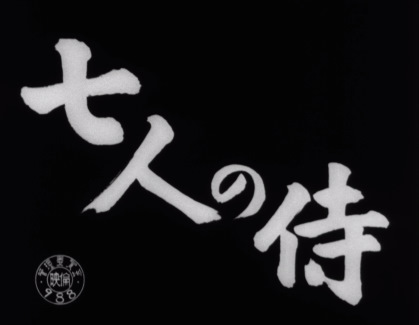 |
|
| Runtime | 3:26:16 |
| Video | 1.33:1
Aspect Ratio Average Bitrate: 4.99 mb/s NTSC 720x480 29.97 f/s |
|
NOTE: The Vertical axis represents the bits transferred per second. The Horizontal is the time in minutes. |
|
| Bitrate: |
|
| Comments: | Dual-layered.
Progressive. Region 1. NTSC. 1.33 aspect ratio.
Monaural. 30 chapters with color bars. Okay the entire film is on one 9.0 Gig DVD - but it is devoid of any extras and shares the disc with nothing else. Despite the low bitrate (long film - disc format size limitations), I prefer this AK 100 transfer appearance. It resembles the most recent Criterion DVD from September 2006 but is NOT pictureboxed. We can see how far it has come from the 1998 Criterion edition. I'm not sold on the Toho Blu-ray - which has waxy, soft figures and lack of grain potentially identifying DNR and some signs of brightness boosting as well. However, contrast is more pure on the Blu-ray and at times it does look quite strong and contains more information in the frame than the Criterion DVDs - it's a moot point, for most, as it does NOT have English subtitles. We can hope Criterion, or someone, best this 1080P transfer in the future - although I have heard no rumors. I contend that this AK 100 image may very well be the best of any of the DVDs I have seen. There is some noise but it looks excellent for SD-DVD. |
|
1) Criterion
- REISSUE (pictureboxed) - Region 1- NTSC TOP
2)
Criterion (original)
- Region 1 - NTSC - SECOND
3) Toho - Region 'A' - Blu-ray (no
English subtitles) - THIRD
4)
AK 100 - Region 1 - NTSC
BOTTOM
|
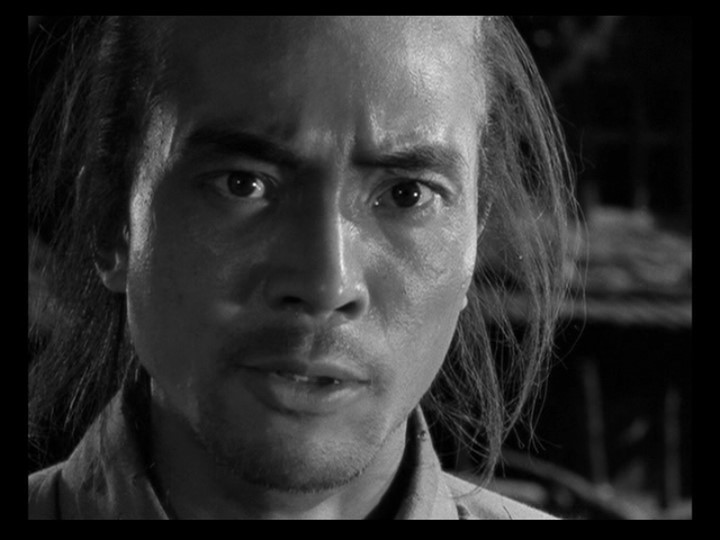 |
|
|
|
|
|
1) Criterion
- REISSUE - Region 1- NTSC TOP
2)
Criterion
- Region 1 - NTSC - SECOND
(Comparison
HERE)
3) Toho - Region 'A' - Blu-ray (no
English subtitles) - THIRD
4)
AK 100 - Region 1 - NTSC
BOTTOM
|
.jpg) |
|
|
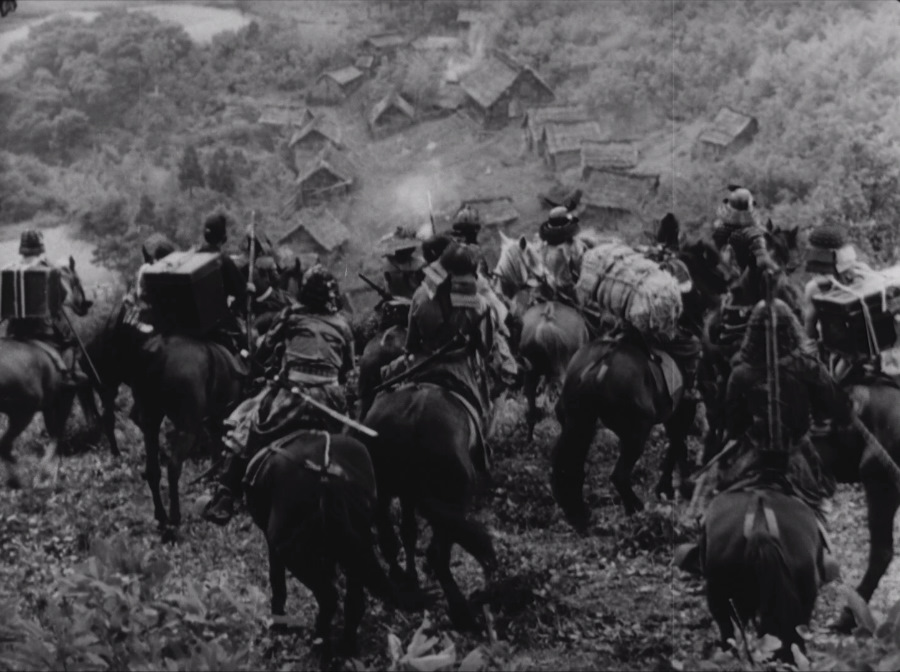 |
|
|
I Live in Fear (1955) aka Ikimono no kiroku
| I Live in Fear presents Toshiro Mifune as an elderly, stubborn businessman so fearful of a nuclear attack that he resolves to move his reluctant family to South America. Kurosawa depicts a society emerging from the shadows but still terrorized by memories of the past and anxieties for the future. |
Title and Poster
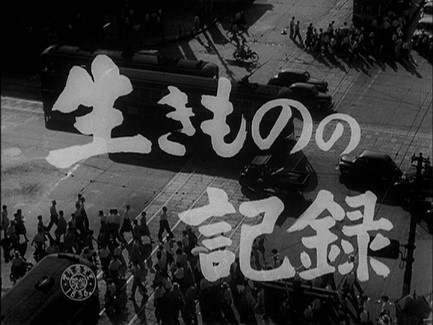 |
|
| Runtime | 1:43:00 |
| Video | 1.33:1
Aspect Ratio Average Bitrate: 8.6 mb/s NTSC 720x480 29.97 f/s |
|
NOTE: The Vertical axis represents the bits transferred per second. The Horizontal is the time in minutes. |
|
| Bitrate: |
|
| Comments: | Dual-layered.
Progressive. Region 1. NTSC. 1.33 aspect ratio.
Monaural.
14 chapters with color bars. The, high bitrate, transfer appears to exactly duplicate the Eclipse Boxset reviewed HERE. Light damage but superb contrast. |
|
1) Eclipse #7 (Postwar Kurosawa) - Region 1 - NTSC TOP 2) BFI - Region 2 - PAL - MIDDLE (above compared HERE) 3) AK 100 - Region 1 - NTSC BOTTOM |
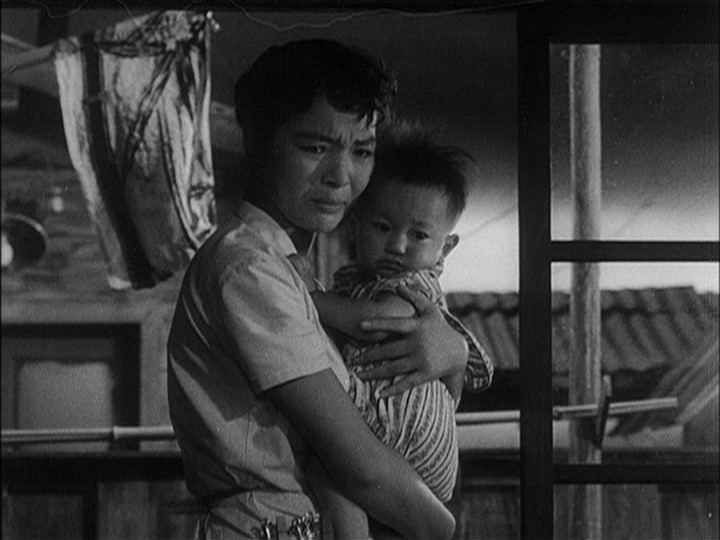 |
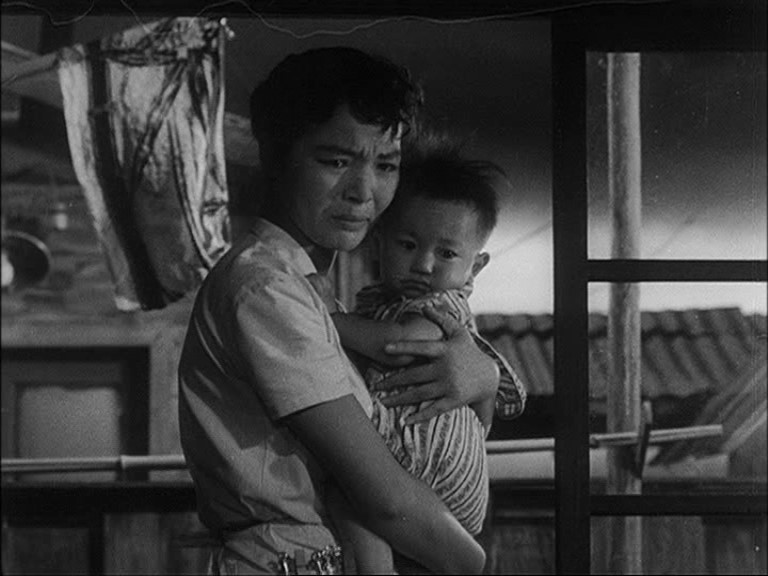 |
|
|
|
|
|
|
Throne of Blood (1957) aka Kumonosu-jou
| Akira Kurosawa’s Throne of Blood reimagines Macbeth in feudal Japan. Starring Kurosawa’s longtime collaborator Toshiro Mifune and the legendary Isuzu Yamada as his ruthless wife, the film tells of a valiant warrior’s savage rise to power and his ignominious fall. |
Title and Poster
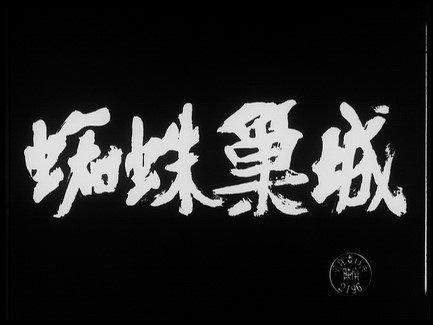 |
|
| Runtime | 1:49:16 |
| Video | 1.33:1
Aspect Ratio Average Bitrate: 8.3 mb/s NTSC 720x480 29.97 f/s |
|
NOTE: The Vertical axis represents the bits transferred per second. The Horizontal is the time in minutes. |
|
| Bitrate: |
|
| Comments: | Dual-layered.
Progressive. Region 1. NTSC. 1.33 aspect ratio.
Monaural. 24
Chapters with color bars. Appears to be the same excellent source, exact same light scratches, from the original Criterion release reviewed HERE. Opening Credits are pictureboxed. |
|
|
|
|
|
|
|
|
The Lower Depths (1957) aka Donzoko
| Working with his most celebrated actor, Toshiro Mifune, Akira Kurosawa faithfully adapts Maxim Gorky’s classic proletariat play, keeping the original’s focus on the conflict between illusion and reality. |
Title and Poster
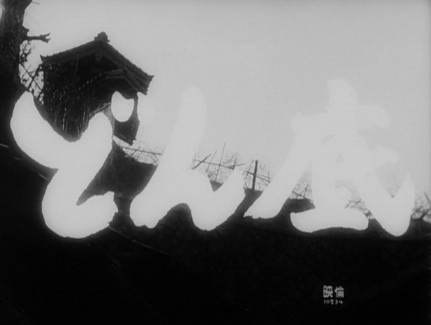 |
|
| Runtime | 2:04;32 |
| Video | 1.33:1
Aspect Ratio Average Bitrate: 8.30 mb/s NTSC 720x480 29.97 f/s |
|
NOTE: The Vertical axis represents the bits transferred per second. The Horizontal is the time in minutes. |
|
| Bitrate: |
|
| Comments: | Dual-layered.
Progressive. Region 1. NTSC. 1.33 aspect ratio.
Monaural.
22 Chapters with color bars. If it is not the exact same transfer as the individual release - it appears to be of so little variance that no one could be bothered identifying minor differences. It looks quite strong, grain visible, great contrast, with a very high bitrate. Opening Credits are pictureboxed. |
|
|
|
|
|
|
|
|
The Hidden Fortress (1958) aka Kakushi-toride no san-akunin
| A general and a princess must dodge enemy clans while smuggling the royal treasure out of hostile territory with two bumbling, conniving peasants at their sides; it’s a spirited adventure that only Akira Kurosawa could create. Acknowledged as a primary influence on George Lucas’s Star Wars, The Hidden Fortress delivers Kurosawa’s inimitably deft blend of wry humor, breathtaking action and humanist compassion on an epic scale. |
Title and Posters
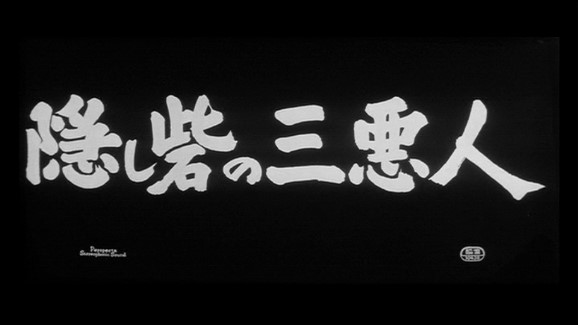 |
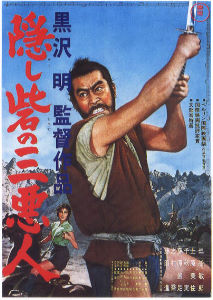 |
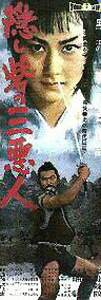 |
| Runtime | 2:18:20 |
| Video |
2.35:1
Aspect Ratio Average Bitrate: 6.7 mb/s NTSC 720x480 29.97 f/s |
|
NOTE: The Vertical axis represents the bits transferred per second. The Horizontal is the time in minutes. |
|
| Bitrate: |
|
| Comments: | Dual-layered.
Anamorphic. Progressive. Region 1. NTSC. 2.35 aspect ratio.
Monaural. 32
Chapters with color bars. The first widescreen title in the set but there is a slim black bordered on the side edges (indicated by the subtitle capture) marginally limiting horizontal resolution. Aside from a very slight difference in subtitle translation and font (see below) this appears to be from the same excellent source. Opening Credits are again pictureboxed. Great film. |
|
|
|
|
|
|
|
|
|
|
END OF PAGE 2
<------RETURN TO PAGE 1 ADVANCE TO PAGE 3 --------->
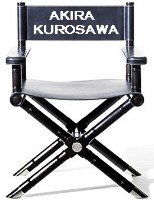 |
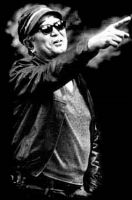 |
After working in an extensive range of genres, Akira Kurosawa made his breakthrough film in 1950 with the technically perfect Rashomon. It won the top prize at the Venice Film Festival (Golden Lion), and first revealed the richness of Japanese cinema to the rest of the world. Heavily revered in the West, Kurosawa's films have always been more popular there than in his homeland of Japan. His native critics often view his adaptations of Western authors and genres (ex. Shakespearean plays in Feudal Japanese settings) with apprehension. Kurosawa was best know for his utilization of the mis-en-scene - taking advantage of the full widescreen scope to isolate characters and introduce extraneous detail. His films ranged from samurai action to touching dramas. Kurosawa worshipped American director John Ford, signifying him as his primary influence as a filmmaker. He is quoted as saying "For me, film-making combines everything. That's the reason I've made cinema my life's work. In films, painting and literature, theatre and music come together. But a film is still a film." |
|
|
||
|
Suggested Reading (click cover or title for more info) by Donald Richie |
Director - Feature filmography and DVDBeaver links: Postwar Kurosawa Boxset (Eclipse #7) Madadayo (1993), Rhapsody in August (1991), Dreams (1990), Ran (1985), Kagemusha (1980), Dersu Uzala (1975), Dodesukaden (1970), Red Beard (1965), High and Low (1963), Sanjûrô (1962), Yojimbo (1961), The Bad Sleep Well (1960), The Hidden Fortress (1958), Lower Depths (1957), Throne of Blood (1957), I Live in Fear (1955), Seven Samurai (1954), Ikiru (1952), The Idiot (1951), Rashômon (1950), Scandal (1950), The Quiet Duel (1949), Stray Dog (1949), Drunken Angel (1948), One Wonderful Sunday (1947), No Regrets for My Youth (1946), Zoku Sugata Sanshiro (1945), The Men Who Tread On the Tiger's Tail (1945), The Most Beautiful (1944) |
|
DVD Box
Cover
CLICK to
order from:
Recommended Reading for Kurosawa Fans
(CLICK COVERS or TITLES for more information)
Check out more in "The
Library"
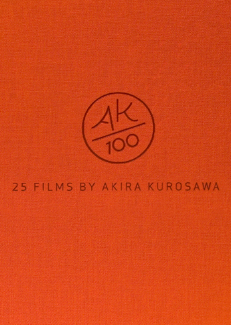
Distribution
Criterion Collection - Region 1 - NTSC
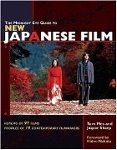




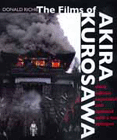



The Midnight Eye Guide to New Japanese Film
by Tom Mes and Jasper Sharp
Eros Plus Massacre: An Introduction to the Japanese New Wave Cinema (Midland Book, Mb 469)
by David Desser
Akira Kurosawa and
Intertextual Cinema
by James Goodwin
Kurosawa: Film Studies and
Japanese Cinema (Asia-Pacific.)
by Mitsuhiro Yoshimoto
The Warrior's Camera
by Stephen Prince
The
Films of Akira Kurosawa by Donald Ritchie
The Emperor and the
Wolf: The Lives and Films of Akira Kurosawa and
Toshiro Mifune
by Stuart Galbraith IV
Something Like an Autobiography by Akira
Kurosawa
A Hundred Years of Japanese Film
by Donald
Richie
![]()
![]()
![]()
![]()

